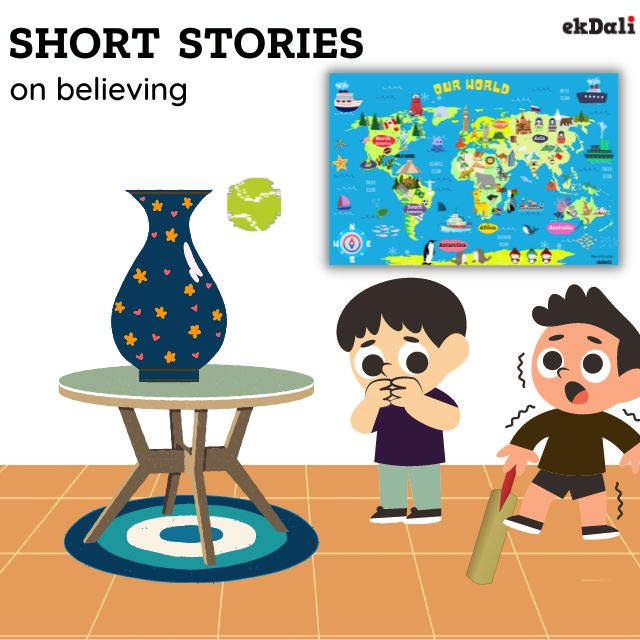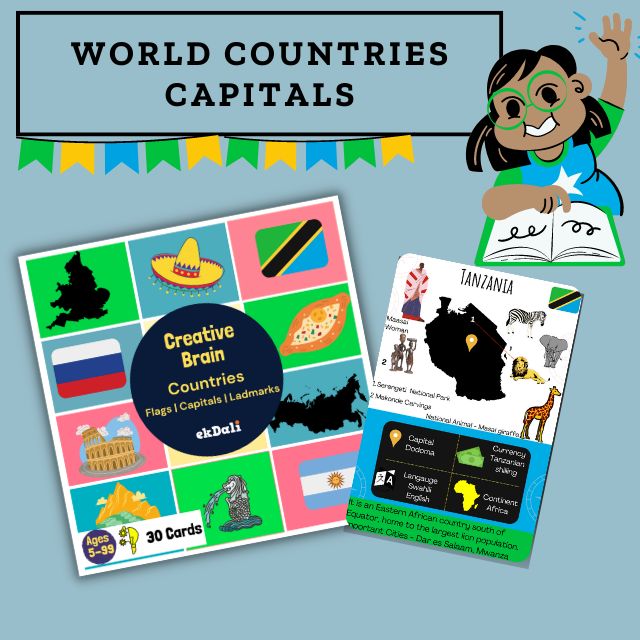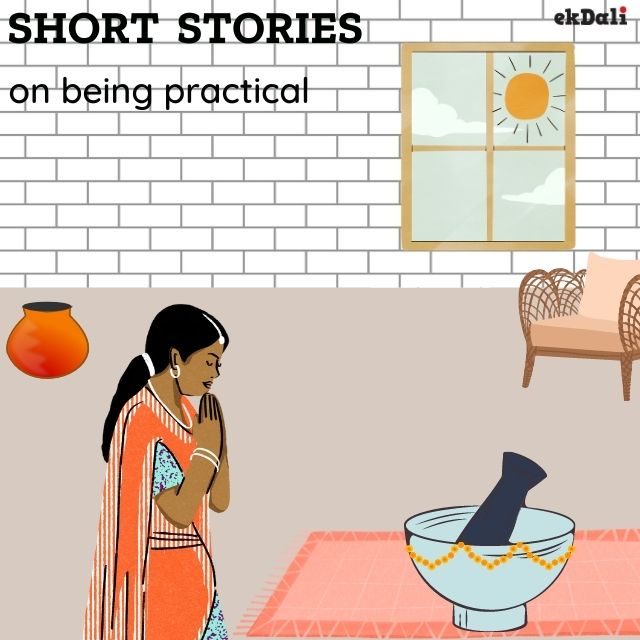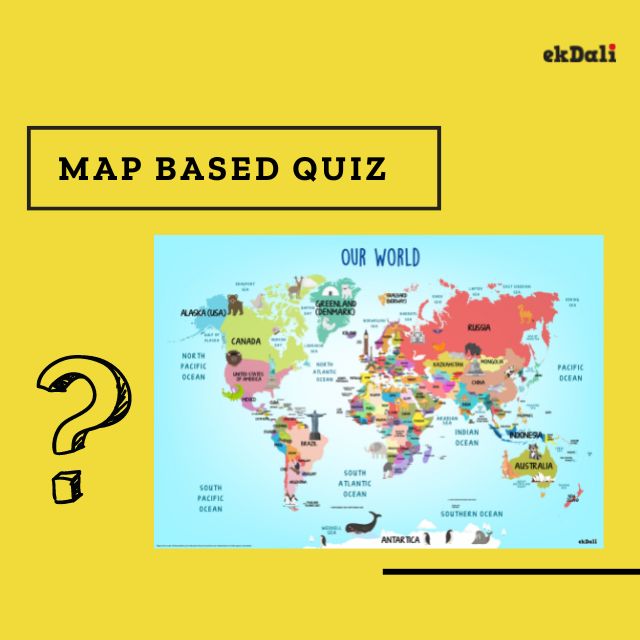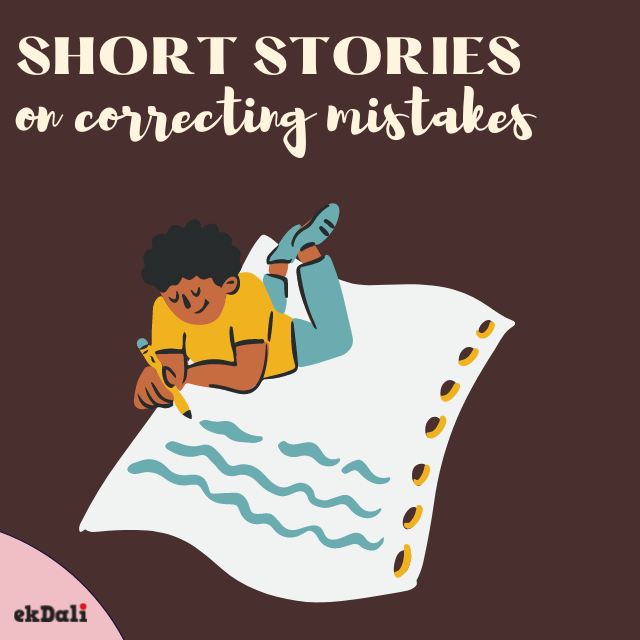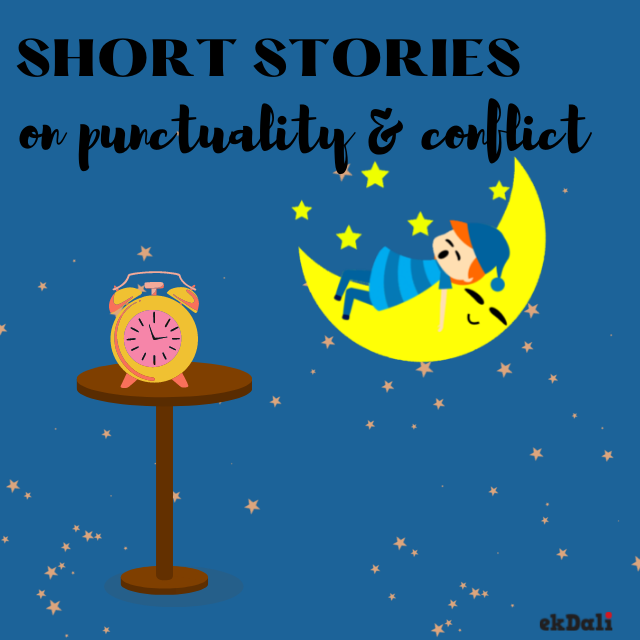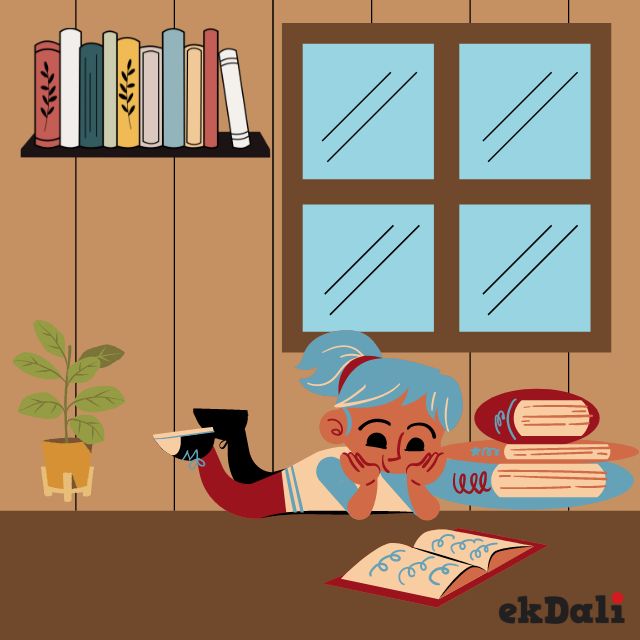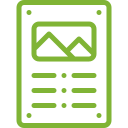One of the most crucial language abilities is reading. It consists of two major components: the capacity to read words and the ability to comprehend their meaning. It's a complicated process, so let's look at some reading practises to assist your child become a confident reader.
According to a book released in 2018, Teaching Reading in Today's Elementary Schools, reading requires a complicated set of reactions from the reader, including cognitive, manipulative, and attitudinal responses. They are as follows:
- Aspects of perception and perception. Recognise and interpret the symbols in front of them.
- Aspects in order. Remember the grammatical, logical, and linguistic patterns that may be found in written words.
- Aspect of experience. Give words significance by connecting them to concrete, real-life events.
- Aspect of consideration. Draw inferences and make an evaluation based on facts.
- Aspect of education. Make use of existing knowledge while considering fresh information.
- Aspect of affiliation. Understand the connections between symbols and sounds, as well as between words and their meanings.
- Aspect of effect. Consider how the reader's own preferences may influence how the content is interpreted while reading.
- Aspects that are constructive. Putting all of the pieces together to have a greater knowledge of the issue.
Reading techniques for assisting youngsters in becoming confident readers
Reading methods are important because they allow children to actively connect with the text, making the reading process more pleasurable and engaging. These are their names:
Prediction. Anticipating what will happen next in a novel after examining what has transpired thus far may be a powerful method for young readers to engage with a book. Predictions like this one may assist a youngster in connecting with the literature on a deeper level. The youngster can also utilise images to forecast what will happen next in the tale. Here are some suggestions that encourage a youngster to predict: I believe..., I believe..., I wonder whether..., and so on.
Posing Questions. When children are instructed to think about what, how, where, when, and so on before reading a book, they are more likely to read with awareness, purpose, and attention.
Identification or Clarification. If children are shown how to work their way through difficult words, they may learn to discover and resolve barriers to understanding what they read. This may be accomplished using tactics like reading many times, searching for context clues in phrases, consulting a dictionary, and so on.
Summary. It is crucial for developing comprehension abilities to be able to rebuild the text in fewer words. Summarising can be a difficult exercise, but it can be simplified by using the following prompts: the major event, difficulties and solutions, the characters involved, the setting of the tale, and so on.
Visualisation. Creating mental images of the text while one reads can assist in gaining a more in-depth grasp of the content. It may be done through charts, timelines, graphs, pictures, and so on. It requires youngsters to acquire important information and visualise it.
These are some reading practices that will help your child understand what they are reading and become strong readers. However, even adopting all of these reading skills, some children may struggle to grasp the content they are reading. Parents should give substantial help and encouragement, as well as ensure that their kid has access to a wide range of books that correspond to their child's likes and interests.












